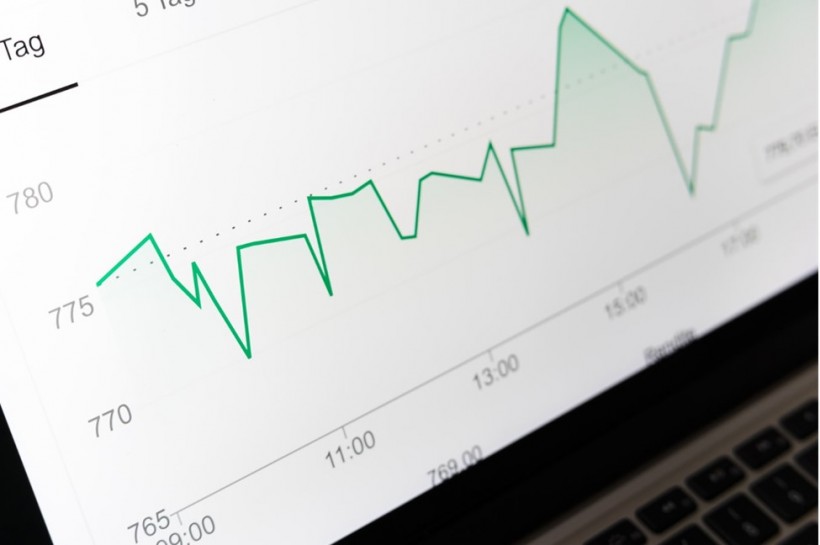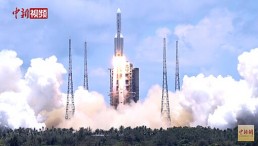Modern technologies have shaped the financial markets in dozens of different ways, forcing the financial industries and agents to innovate quickly, becoming more accessible and transparent. The 5G technologies and the unprecedented internet speed have added to these developments by allowing traders to receive first-hand information on the stock exchange and market statistics in a matter of seconds.
In the last decade, we see more and more people beginning to trade, learning about trading, and turning to digital exchange platforms to make profits on buying or selling crypto.
Modern trading has transformed into something unrecognizable. What makes it so different? There are three significant elements to it.
1. The Rise of Crypto Exchange Platforms

Cryptocurrency has become the leading investment of the decade, bringing amazing profits to those who invested in the right currency at the right time. Take a look at Bitcoin. Not long after it was first launched, the price for 1 coin was as little as 1 USD in the beginning of 2011. The price of one BTC today is close to 50,000 USD (Coinbase data), and the recent predictions are even more exciting. Some brokers predict that it will be sold as much as 500,000 USD per one BTC in 2030.
This is no surprise that cryptocurrency has totally changed the way we approach trading today and has created a high demand for easy-to-understand and ready-to-use online exchange platforms.
Traders profit from the increased security of these exchanges, allowing them to quickly buy crypto coins in exchange for the first currency and transfer it to the offline crypto wallet of their choice. In addition, most exchanges offer convenient deposit methods through a regular credit or debit card, bank transfer, or even cash through Western Union.
How Crypto Exchanges Affect Traders and the Market in General
Exchange platforms allow beginner traders to follow the path of more experienced traders and provide them with various market signals. Those are designed to facilitate trade learning but are widely used to copy the strategies of the more successful traders. Looking at investment choices of those who are experts, beginners catch fair profits with the minimum time and knowledge.
In addition, some exchanges allow you to stake the coins and earn passive income. With Redot staking, for example, users can have a secure platform to hold their funds while making as much as 20% of profits on staking some currencies.
Another major element that online exchange platforms bring is the ability to respond immediately to market developments. Without the help of a middleman, traders can react to changes in international financial affairs in seconds and therefore either make amazing profits or save themselves from a huge loss.
For example, you read in the news that Elon Musk invested in Dogecoin, followed by a number of other reputable actors in the financial field. Obviously, one could expect the following increase in this coin's price, making it a good time to trade, depending on your strategy. The exchange platforms then allow you to react to this news as soon as you want and catch profits on a timely trade.
2. More Government Regulation
Modern trading is distinguished by the continuous increase in calls for regulation and the opposition criticism of the intense government's interventions into the financial markets. The reason for this is the unique decentralized nature of investments in digital assets. It leaves space for anonymity and privacy on the one hand and opportunities to perform illegal actions such as money laundering or terrorism on the other.
For instance, such countries as the UK, Australia, and Canada have introduced strict regulations for cryptocurrency transactions and institutions, making them the active parties in money-laundering laws. In Switzerland, crypto trading is regulated and taxed as a foreign currency, while in Israel, it is taxed as an asset. In Argentina, the UK, Spain, and some other countries, the regulations make it subject to an income tax.
3. Trading Bots and the AI Trading

Automation and the growing popularity of AI in trading have made it possible to use algorithms that make sales for people. A trading bot will make the best market decisions based on the set of rules indicated by the user, such as entry, exit, and money management.
With zero emotions, the robot will make a thorough market analysis and will buy or sell your assets based on statistics, trends, and market risks. Another benefit is that it saves time and does not require any advanced knowledge of trading. Thus, beginners can make impressive profits while having the robot do all the work.
Finally, AI trading is exceptionally good at diversifying and rebalancing your portfolio, including in it the items that an average user could have possibly missed or neglected.
What Is the Future of Trading?
Obviously, technological advancements aren't going to stop. In fact, some tech is only going to get a boost, with many projects already in the works. Experts believe that the following technologies will definitely have an impact on trading in the next 3-5 years:
● Execution management systems
● Trade performance analytics
● Cybersecurity
● Real-time risk management
● Order management systems
● Direct pricing streams
● Portfolio management systems
● Alternative data
● Advanced instant messaging
● Softphones/Voice tools
The state of modern trading will change not only with new technologies but also with how people will integrate their trading activity. Innovations in the area of trading systems, analytics, and data products will not drastically change the course of a trading business. But they are likely to change the pace and promote efficiency.
* This is a contributed article and this content does not necessarily represent the views of sciencetimes.com













!['Cosmic Glitch' in Einstein's Theory of General Relativity Could Be Explained in This New Scientific Tweak [Study]](https://1721181113.rsc.cdn77.org/data/thumbs/full/53435/258/146/50/40/cosmic-glitch-in-einsteins-theory-of-general-relativity-could-be-explained-in-this-new-scientific-tweak-study.jpeg)
